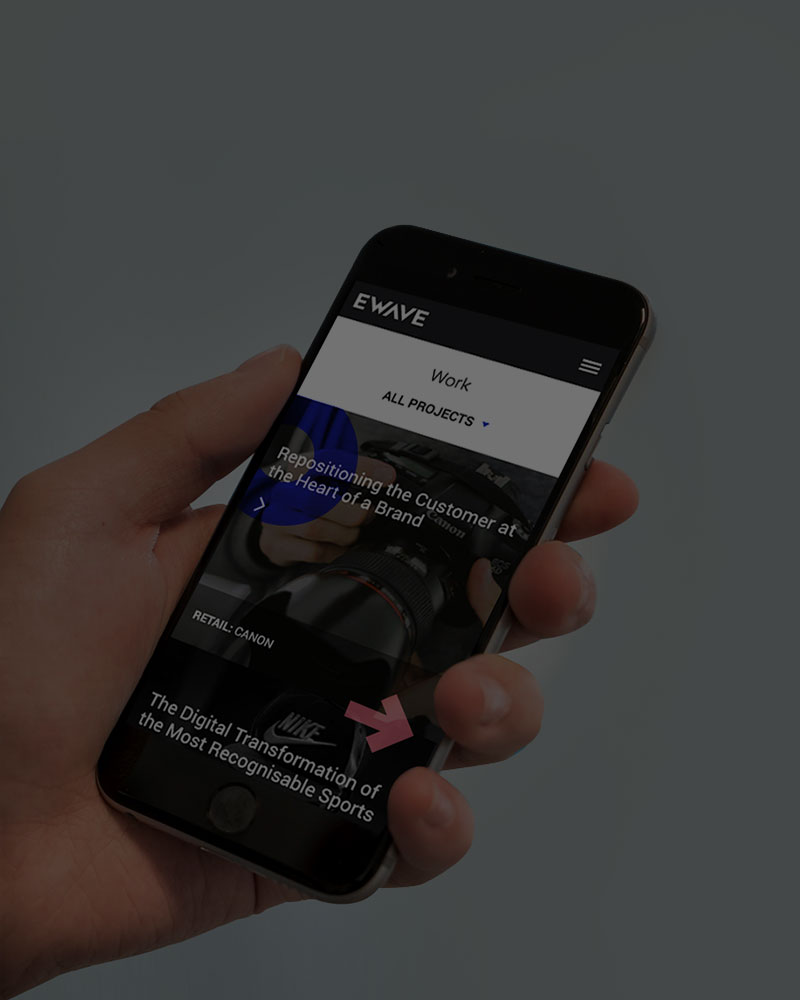A decade ago the first smartphones hit the market, quickly changing the way we communicate, work and conduct business. Fast forward to 2019 and smartphones have surpassed the desktop as our preferred way of shopping- with a recent Salesforce study stating that “mobile devices make up more than half of website traffic and orders to retail sites”.
This transition has had a massive impact on traditional commerce strategies, resulting in a new buying behaviour marked by ‘micro-moments’- when customers reflexively turn to a device to act on a need or want. These moments are spontaneous and emotionally driven, giving retailers the opportunity to take advantage of these behaviours and deliver an immediate, useful service, before the micro moment is lost.
The concept of micro-moments has been a game-changer for marketers, presenting new challenges for brands looking to deliver an engaging, personalised experience. In response to this, the phrase ‘’mobile first design’’ has surfaced and along with it a strategy that puts mobile users needs first.
Google have recently announced that they are going to be making some important changes to support this change with mobile-first indexing. This approach will reward websites that put mobile users first with strong search rankings and the traffic that undoubtedly follows. This means if your website isn’t optimised for Google’s mobile-first algorithm, your web traffic will suffer.
Although this may seem daunting to some, the benefits of a mobile-first strategy are many and we have highlighted some of these below:
1) Brands are forced to focus on core content and functionality
Since space is minimal on a mobile device, brands must focus on core content, utilising the space they have. This approach results in fewer distractions, e.g. drop-downs, and a website that is clean, polished and fast- allowing the customer to navigate with ease, resulting in a speedy sale.
2) Improved SEO
Due to the ease of accessing websites on mobile devices, users are increasingly browsing the web on smartphones. If the mobile user experience is good, customers are more likely to come back and use the website regularly on their mobile device- positively influencing your SEO.
3) Interactive Engagement
Mobile websites and apps allow for more real-time, interactive content, e.g. push notifications, which actively engage the customer- creating a more memorable user experience. Exciting and delighting your customer this way can have a positive impact on key metrics such as brand awareness and trust.

